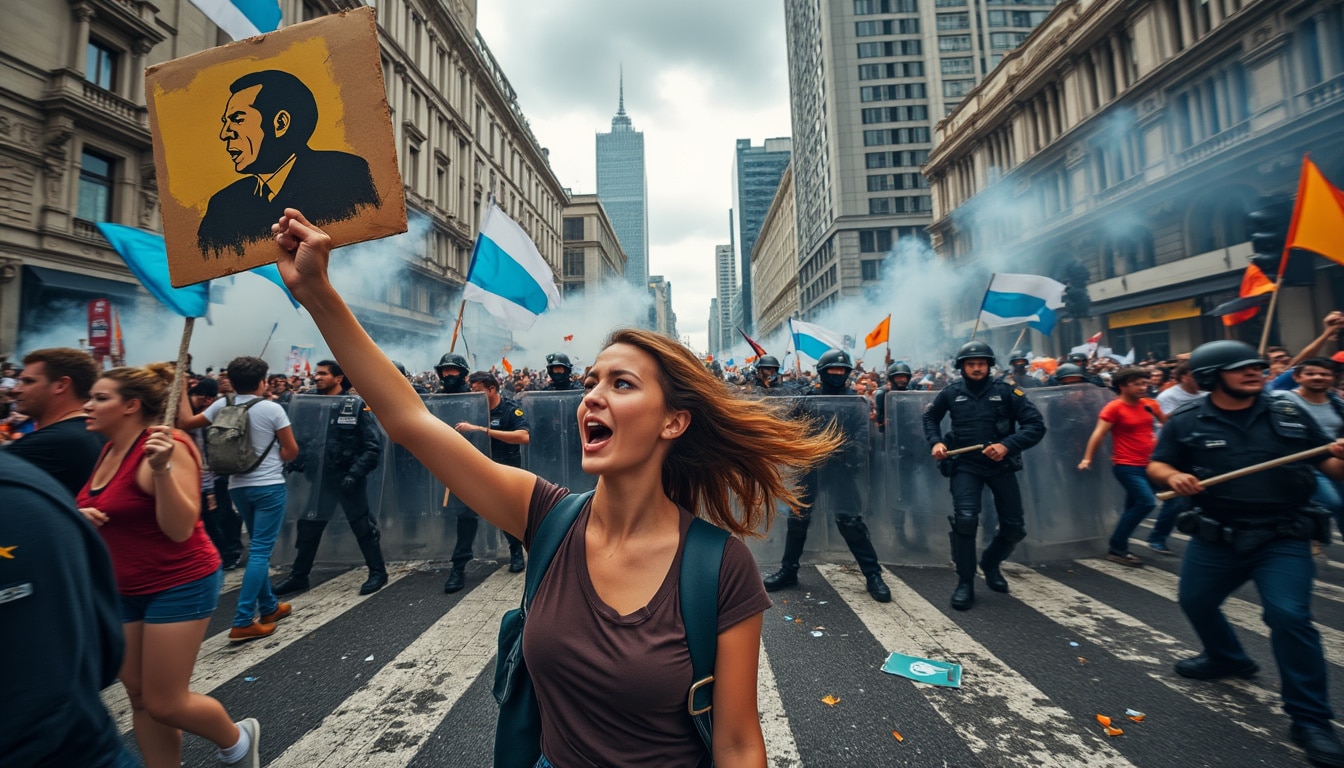In recent years, Buenos Aires has transformed into a hub of continuous protests and social unrest, reflecting Argentina’s complex political landscape. The capital city frequently witnesses tens of thousands of citizens taking to the streets, voicing concerns over issues ranging from economic policies to human rights. At the heart of these manifestations is the widespread discontent with the current government, led by President Javier Milei, whose austerity measures have sparked fierce opposition. The protests are often a mix of peaceful marches and heated clashes, highlighting underlying tensions in Argentine society.
Buenos Aires: The Epicenter of Argentine Protests
Buenos Aires, Argentina’s bustling capital, has long been the stage for political expression and civil engagement. However, the city’s recent surge in protest activity is unprecedented, drawing international attention from media outlets like Reuters, CNN, and The Guardian. As Argentina grapples with economic instability, the city becomes a microcosm of broader national challenges.
One of the primary drivers of these protests is the government’s economic policy. Under President Javier Milei, drastic fiscal measures have been implemented to address the country’s mounting debt and economic crisis. However, these policies—characterized by substantial budget cuts—have put immense pressure on everyday citizens, especially retirees and the working class. Such measures have provoked organizations like Amnesty International and Human Rights Watch to express concern over the socioeconomic impacts on vulnerable populations.
Protesters in Buenos Aires represent a cross-section of the population, including labor unions, student groups, and rights organizations. This diversity underscores the widespread discontent with policies perceived as exacerbating inequality. Additionally, the involvement of international institutions like the IMF adds another layer of complexity, as agreements with these bodies are often associated with conditions that exacerbate local tensions.
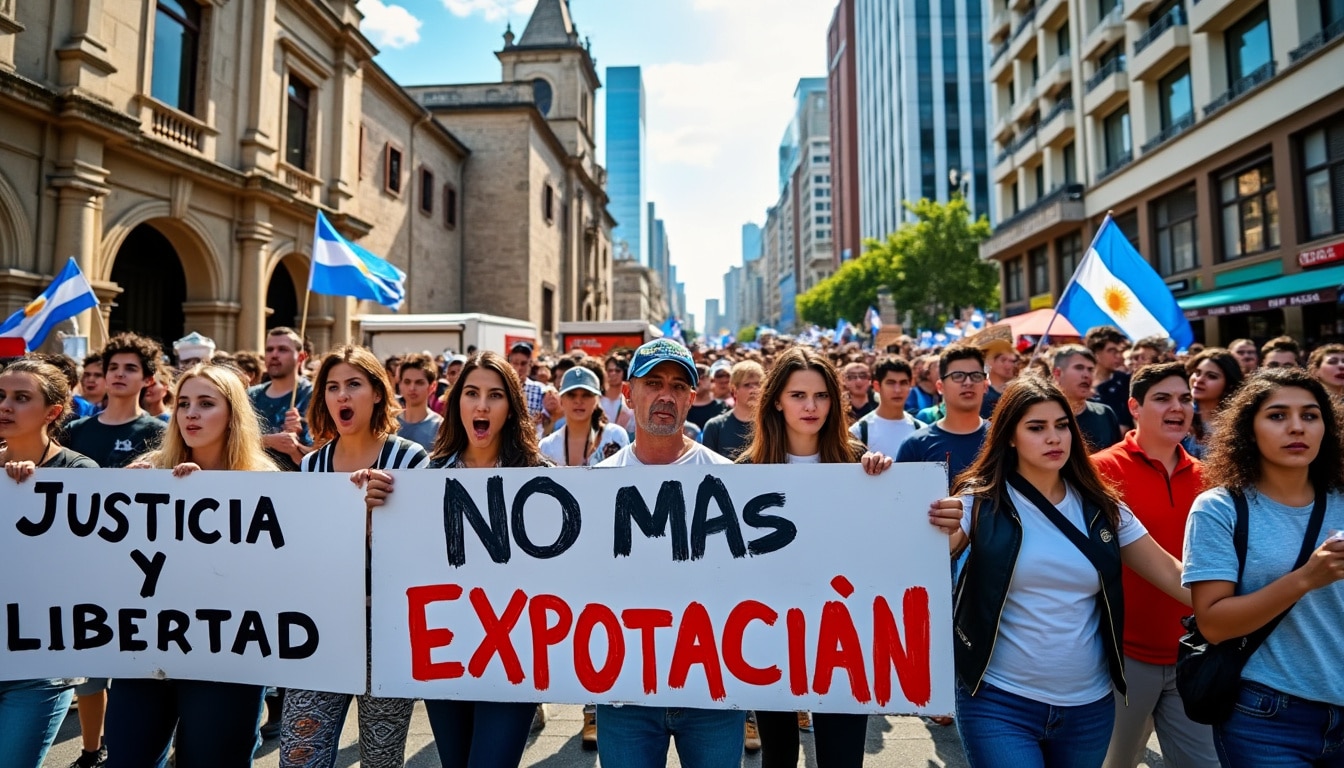
Economic Challenges and Public Discontent
The Argentine economy has been in turmoil for years, and the strain is evident across the nation’s social fabric. Milei’s administration has sought to implement austerity measures as a solution, but these have only intensified public discontent. The major contention points include:
- 🔻 Wage Stagnation: Despite rising inflation, wages have remained static, diminishing purchasing power.
- 🔻 Pension Cuts: Reductions in pension payments have hit retirees hard, leading to increased poverty amongst the elderly.
- 🔻 Healthcare and Education: Budget cuts in essential public services have sparked protests among workers demanding adequate funding.
| Issue | Impact | Public Response |
|---|---|---|
| Wage Stagnation | Reduced consumer purchasing power | Protests by labor unions |
| Pension Cuts | Increased elderly poverty | Mass rallies by retirees |
| Healthcare/Education Cuts | Decline in service quality | Strikes by public sector workers |
As these issues amplify, Buenos Aires remains at the forefront, challenging the government’s resolutions. This tension hints at a broader struggle regarding the direction of national policy and the role of government in ensuring equitable economic growth.
The Role of Social Media in Organizing Protests
In today’s digital age, social media platforms like Facebook and Twitter play a critical role in organizing and disseminating information related to protests. Buenos Aires is no exception, where demonstrators utilize these platforms to coordinate actions, share real-time updates, and galvanize public support. Social media not only amplifies voices but also brings international attention to local issues, with coverage often appearing on channels like BBC News and Al Jazeera.
Social networks have facilitated quick mobilization, enabling groups to prepare and react efficiently. Real-time updates allow protesters to circumvent challenges such as roadblocks or police presence, making it difficult for authorities to stifle demonstrations. In addition, social media has democratized protest narratives, allowing individuals to share personal stories and experiences, thereby humanizing the larger political and economic discourse.
- 📱 Organizing Movements: Rapid mobilization and coordination across various districts.
- 🌐 Global Awareness: Internationally recognized as a cause of human rights.
- 📊 Data Sharing: Real-time updates circumventing official narratives.
However, the reliance on social media is not without its drawbacks. Disinformation and misrepresentation can spread just as quickly, requiring vigilance from protest organizers to maintain accuracy. Moreover, authorities often monitor these platforms to counteract demonstrations, leading to the need for encrypted communication methods and secure networking.
Challenges Faced by Protesters in a Digital Era
While social media assists in coordination, it also presents specific challenges, necessitating strategic approaches to maintain efficacy and security means:
- 🔐 Information Security: Encryption methods to protect communications from authoritative scrutiny.
- 🚨 Managing Cyber Threats: Battling misinformation campaigns seeking to discredit protest motives.
- 💻 Building Digital Resilience: Training in digital literacy to ensure accuracy and reliability of shared content.
Despite these challenges, social media remains an indispensable tool in Buenos Aires’s protest landscape, crucial for creating a sustainable momentum that inspires change. Hence, it not only highlights the intersection of technology and social movements but also exemplifies modern advocacy.
Government Reactions and Security Implications
As protests intensify in Buenos Aires, the government’s response plays a pivotal role in shaping the ensuing dynamics. President Milei’s administration has adopted a tough stance, often warning of stringent measures against demonstrators. This approach, while aimed at maintaining order, has sometimes led to violent clashes between security forces and protestors, drawing criticism from organizations like Global Witness and The Intercept.
Government responses often involve deploying riot police to manage large crowds, enforcing curfews, and arresting protest leaders. However, these tactics can escalate tensions, as forceful repression may provoke further unrest. The administration faces criticism from various corners, including Argentine citizens, international observers, and rights groups such as Human Rights Watch.
Tensions in Buenos Aires have also led to political fallout. Instances like the clash between political figures Oscar Zago and Lisandro Almiron in Argentina’s Parliament highlight the deep divisions over protest management and economic policies. The episode surrounding the $LIBRA cryptocurrency scandal further adds complexity to Milei’s governance, stirring more public discourse.
As pressure mounts, the following security concerns emerge:
- 🛡️ Public Safety: Balancing enforcement with respect for civilian rights.
- ⚖️ Judicial Oversight: Ensuring legal frameworks adequately address protest-related grievances.
- 🤝 Dialogue Mechanisms: Establishing communication channels to mediate and resolve conflicts.
These challenges highlight the necessity for measures that not only address immediate security needs but also foster long-term social cohesion and stability within Buenos Aires and beyond.
The Political Risks of Repressive Measures
The Argentine government’s use of repressive measures has its own political risks. Such approaches can challenge fundamental democratic principles and undermine public trust in governance. Key considerations include:
| Measure | Potential Risk | Impact |
|---|---|---|
| Use of Force | Potential human rights violations | International criticism |
| Mass Arrests | Judicial overload | Legal challenges |
| Curfew Imposition | Public dissent escalation | Increased protest turnout |
The confluence of protest activities and governmental strategies within Buenos Aires offers a profound insight into the political risks inherent in repressive measures. Navigating these challenges requires a nuanced approach that upholds democratic values while securing public safety.
Future Projections for Social Unrest in Buenos Aires
As Buenos Aires continues to experience recurring social unrest, it is essential to consider what the future holds for the city and its people. The current trajectory suggests that without substantial policy change, protests will likely persist, driven by ongoing economic challenges and political disputes.
The future of these demonstrations largely depends on several factors:
- 🌍 Global Economic Conditions: Fluctuations in global markets could impact national policies.
- 💼 Political Developments: Upcoming elections or governmental shifts may alter the protest landscape.
- 🗣️ Civic Engagement: Increasing participation from various sectors, including youth and minorities, may diversify protest dynamics.
Over time, strategic adaptations may emerge within protest communities, emphasizing sustained advocacy through both traditional and digital means. Furthermore, potential shifts in global political alliances or economic collaborations could influence Argentina’s domestic policies, affecting the broader scope of social movements.
To address these realities, the Argentine government must explore avenues for reform, dialogue, and reconciliation. Transparent governance and inclusive policies that prioritize social equity may help defuse tensions. Moreover, grassroots movements will continue to play a key role in advocating for change, ensuring that the voices of those most affected are heard.
Emerging Trends and Possibilities
As Buenos Aires stands at the forefront of Argentine activism, several trends and possibilities loom on the horizon:
- 🕊️ Dialogue Expansion: Focus on peaceful, constructive negotiations to bridge societal divides.
- 🌐 Digital Revolution: Innovative uses of technology to sustain advocacy and engage a global audience.
- 🔄 Policy Revisions: Calls for comprehensive reforms to enhance social welfare and ensure accountability.
Ultimately, the blend of grassroots initiatives, public pressure, and governmental responses will shape Buenos Aires’s future as a global symbol of resilience and change. This evolving landscape underlines the complexity and potential inherent in the city’s sociopolitical dynamics, offering valuable lessons for other regions grappling with similar challenges.
FAQ
The following frequently asked questions aim to provide additional clarity about the ongoing protests and social unrest in Buenos Aires:
- ❓ Why are people protesting in Buenos Aires?
Protests are primarily driven by grievances over economic policies, including austerity measures and cuts to public services. - ❓ How has the government reacted to the protests?
The government has implemented various security measures, including deploying riot police and enforcing curfews, which have at times led to clashes. - ❓ What role does social media play in these protests?
Social media serves as a crucial tool for organizing demonstrations, sharing real-time updates, and raising global awareness. - ❓ Are there international reactions to the protests?
Yes, the protests have attracted international media attention and criticism from human rights organizations regarding the government’s response. - ❓ What potential outcomes exist for the future?
Potential outcomes include continued protests, policy adjustments, and increased dialogue between the government and civil society.

Buenos Aires, often referred to as the “Paris of South America,” boasts a mix of European grandeur and Latin flair that attracts millions of visitors each year. With its tango-filled nights, mouth-watering cuisine, and rich cultural tapestry, the capital of…
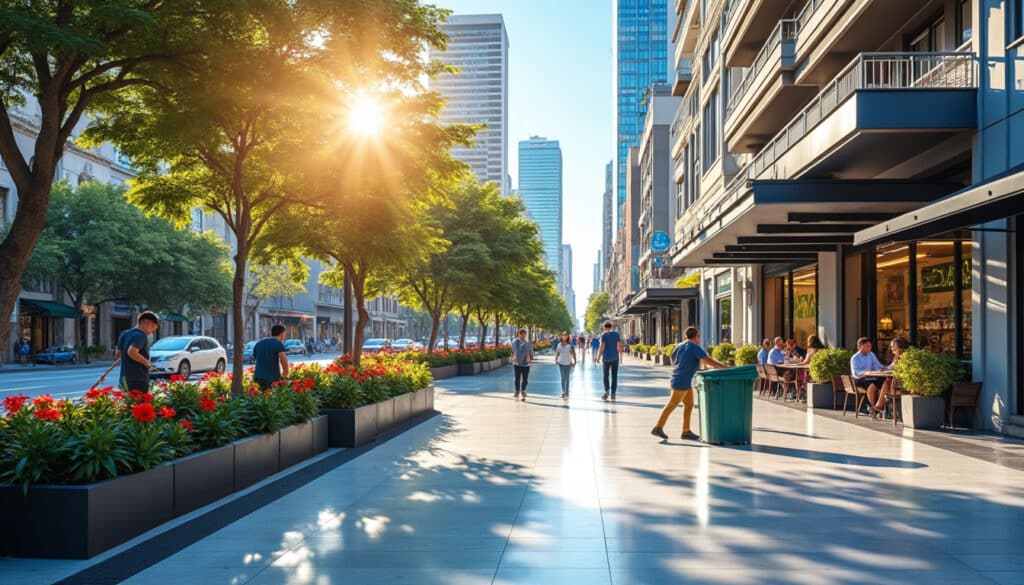
Cleanliness and hygiene in Buenos Aires
Renowned for its vibrant culture and rich heritage, Buenos Aires continues to maintain the charm that draws countless visitors to its streets each year. However, the city’s allure is accompanied by ongoing efforts to ensure cleanliness and hygiene in its…
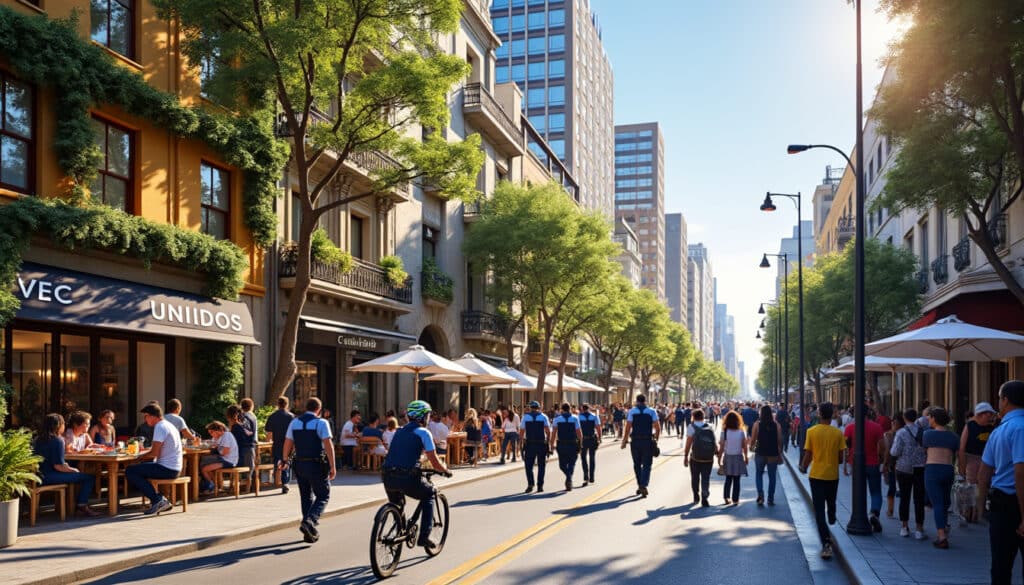
General safety in Buenos Aires
With its enchanting blend of European elegance and vibrant Latin American culture, Buenos Aires stands as a beacon of allure for travelers across the globe. As visitors meander through its tree-lined avenues, dance to the tango rhythm in its plazas,…

Pickpocketing and theft in Buenos Aires
Picture this: Buenos Aires, a dazzling tapestry of tango, tantalizing cuisine, and eclectic architecture. 🇦🇷 This thriving metropolis is a melting pot of cultures, yet beneath its vibrant charm lies an ever-present issue faced by locals and visitors alike—pickpocketing and…
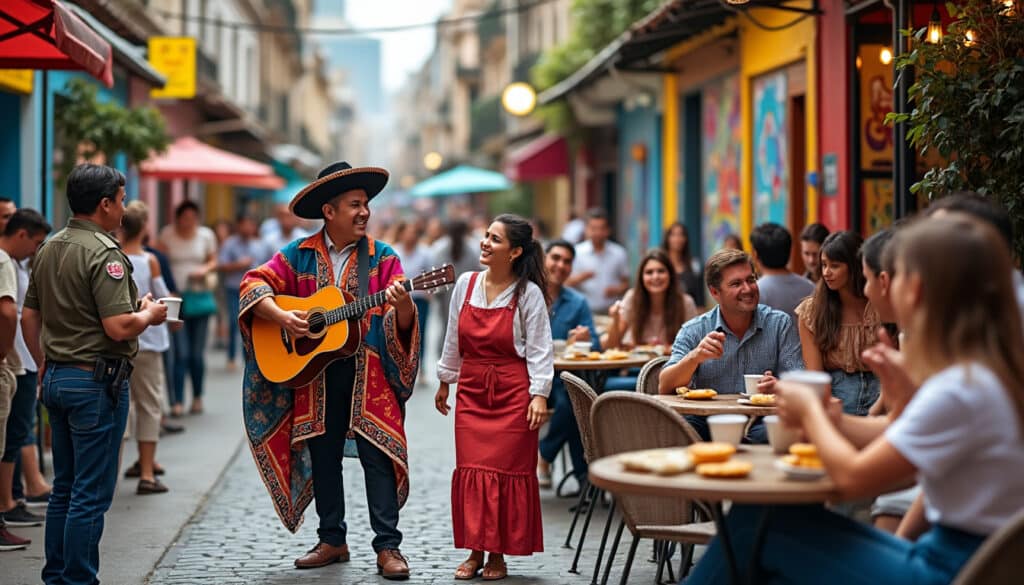
Safety in Buenos Aires for travelers from different countries
Exploring Buenos Aires is an experience like no other. As the vibrant capital of Argentina, this city is a melting pot of rich culture, stunning architecture, and bustling street life. Yet, for those planning their visit, safety is always a…
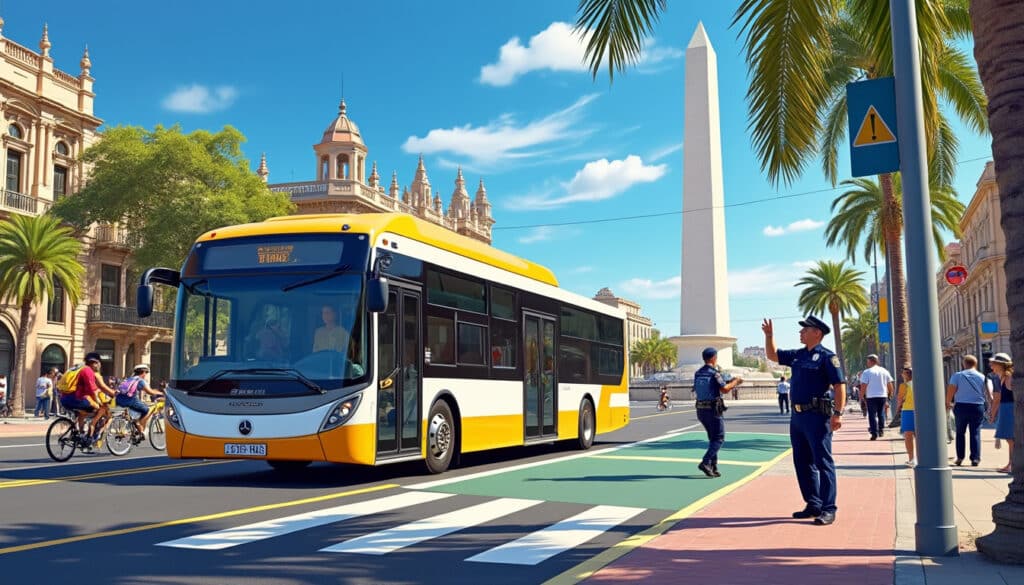
Transport safety in Buenos Aires
With its rich cultural tapestry and dynamic urban landscape, Buenos Aires entices travelers and newcomers alike. Yet, as with any bustling metropolis, queries about safety naturally arise, particularly concerning transportation. From the vibrant streets of Palermo to the historic charm…

